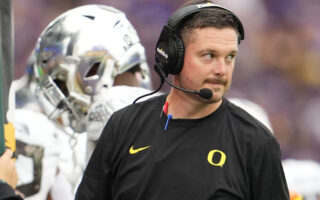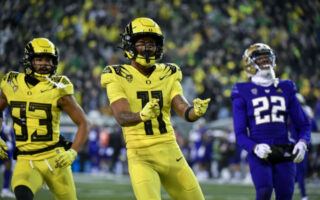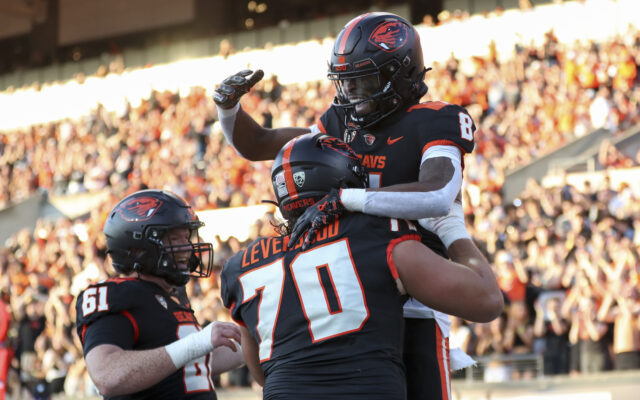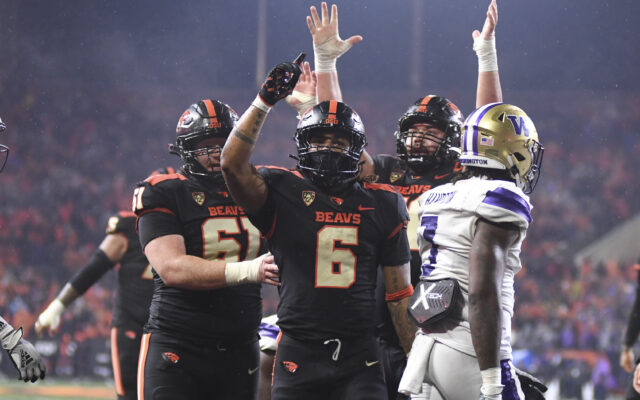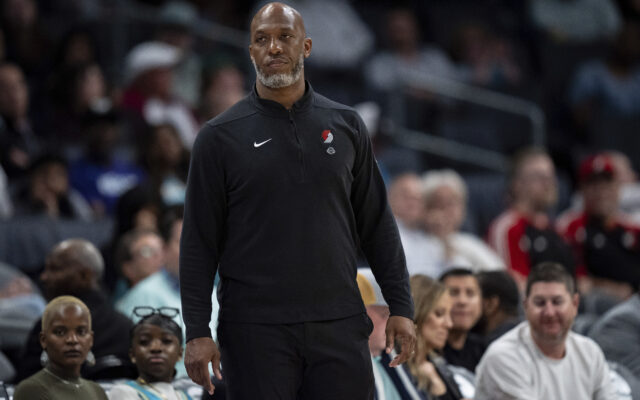Bet The Game: The Five Factors of CFB, Gaining An Edge With Advanced Statistics
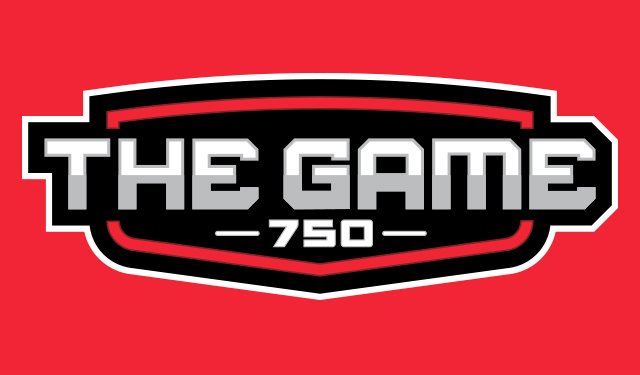
It’s Friday night, the eve of another wild college football filled Saturday. You made it through another week at work and it’s time to kick your feet up, pour yourself a drink, and open up the sportsbook to check out the betting lines. Seems easy enough, right? Then the question arises, “How am I supposed to decide which games to bet on, when there’s over 60 to choose from?”
My friends, this is where we separate the Pros from the Joes.
There’s nothing wrong with taking a look at the board and deciding you’re just going to bet your favorite team every week, or ride your gut feeling through the season. Especially if your favorite team is Alabama or Clemson, I ain’t mad at you.
On the other hand, if you’re looking to find an edge and take your handicapping game to the next level, thankfully there are advanced statistics that will help you do just that.
Oddsmakers and the betting market have already taken into account these advanced statistics when generating point spreads and totals. This is why Vegas is often eerily accurate with their numbers. While these advanced statistics are available to all who seek them, the way in which college football bettors interpret these numbers is what matter the most.
Let’s take a look at a few examples:
YARDS PER PLAY, NOT YARDS PER GAME
- Yards per game is influenced by game flow, team philosophy, in-game situations and a lot more. — yards per play is a better indicator of a team’s ability to move the ball successfully.
- Ex. Oklahoma was held to just 355 yards against Army, but Oklahoma had eight possessions and ran 40 plays because Army controlled the ball with the triple-option (8.88 yards per play is very good).
- Tulane was the median FBS offense (5.77 yards per play), so anything over that is considered above average. — Oklahoma led FBS with 8.6 yards per play, while Mississippi State’s defense led FBS by allowing just 4.13 yards per play.
RATES, NOT RAW NUMBERS
- Focus on rates, not raw numbers. Differences in styles can skew raw numbers drastically.
- Ex. Your defense gets 4 sacks (normally, very good). Your defense gets 4 sacks, but the QB dropped back 80 times (not good).
- Army gave up 3 sacks in 2018, but they never throw. Hawaii gave up 46 sacks, because all they do is throw.
OPPORTUNITY RATE VS STUFF RATE
- Opportunity Rate: The percentage of carries that a RB gains five or more yards. — gaining those first five yards are usually a product of offensive line play.
- Stuff Rate: How often a defense tackles a player at or behind the line of scrimmage.
- Finding a mismatch with this information will create a strong edge.
Now, let’s take a look at finding an edge when betting totals (over/under):
- Plays per minute: how quickly are teams getting to the line to snap the ball?
- Tempo, possessions per game, plays per possession.
- Adjusted pace: how fast a team plays, adjusted to how often it runs and passes. — naturally if you pass more you will have more plays due to the clock stopping on incompletions.
- Problem is that the market already factors in these pace numbers, so you have to identify opportunities where you think a team will change its pace.
- Standard down run rate: how often a team runs the ball when you would expect them to. — when betting unders, finding teams that run the ball a lot is key.
Finally, here is a breakdown of the five most important factors that directly affect the success of a college football team. These five factors come together to make the S&P+ ratings, which rates all FBS teams based on play-by-play performance rather than wins and losses.
EFFICIENCY (success rate)
- Defined by gaining 50% of necessary yardage on first down, 70% on second down, and 100% on third and fourth down. — How often do you put yourself in a good position to move the chains?
EXPLOSIVENESS
- If you can move the ball in large chunks and prevent the other team from doing so, you will win a lot of games. — cfbstats.com
FIELD POSITION
- Special teams are clearly a huge part of it, but what is overlooked is how the offense and defense feed off of each other. — Alabama usually maintains great field position because their defense doesn’t allow the other team to move the ball (except against Clemson in the NCG…). Ohio State has an efficient offense and rarely goes 3-and-out, putting their defense in favorable spots.
FINISHING DRIVES
- Defined by points per trip inside the 40 yard line — essentially when a team would have the opportunity to score points (FG or finishing the drive with a TD).
TURNOVERS
- Based on luck to a certain extent. — how a ball bounces after a fumble, or where it flies after a tipped pass is random on a given play or in a given game.
- Over a large sample size, each team will recover about 50% of fumbles, and roughly 20% of tipped passes will turn into an interception.
- Havoc: defined as plays in which a defense records a tackle for a loss, forces a fumble or defends a pass. — if you’re constantly causing havoc, you’ll force more turnovers.
- Dating back to 2014, certain coaches consistently rank in the top-25 in Havoc: Dave Aranda (LSU), Brent Venables (Clemson), Manny Diaz (Miami), and Bud Foster (Virginia Tech).
Overall, there is a wealth of information available to those who are looking to gain an edge. What you choose to do with it and how you choose to interpret it, could be the difference between cashing tickets or losing your bankroll.



